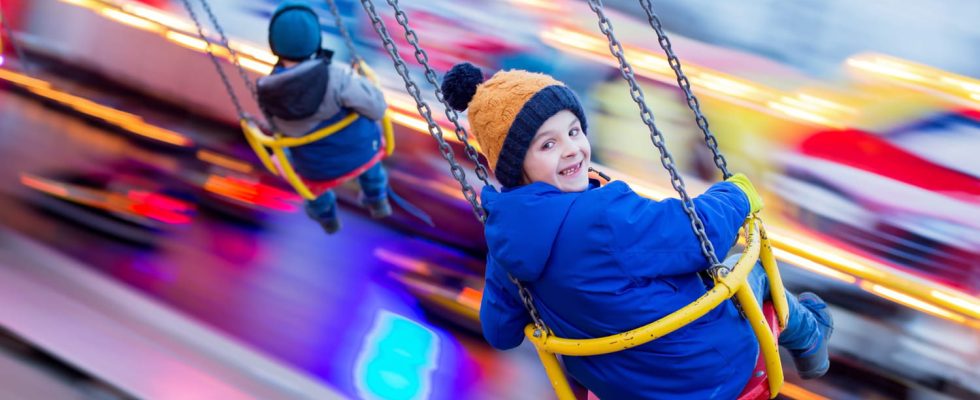A tree fell on a roller coaster at PortAventura, a basket came loose at a funfair in Albi, a fire in a Swedish water park… Several accidents have occurred in recent days. Update on the safety of attractions in France.
The black streak continues for amusement parks and fairgrounds. After the tragedy that occurred in August 2003 at Luna Park in Cap d’Agde, it is the turn of several leisure parks to be affected by accidents in recent days. On February 11, 2024 in PortAventura, Spain, a tree fell very close to a roller coaster, injuring 14 people, including two in critical condition. Another incident occurred in France, on February 10, at the Albi funfair in Tarn: a basket carrying a three-year-old child broke away from an attraction. In Sweden too, the country’s largest water park faced a major fire this Monday, February 12, in a new area which was not yet open to the public. All these dramas in a row raise the same question: what safety measures are in place for the attractions?
Strict security measures in France
According to the latest figures known from theNational Health Monitoring Institute (InVS), in France, in four years between 2009 and 2013, 459 accidents were recorded on so-called mechanical attractions (roller coasters, Ferris wheels, rodeo horses, etc.). On non-mechanical attractions, such as trampolines, bouncy castles or mazes, 360 accidents were observed. Most of them resulted in a need to go to the emergency room. The most famous French amusement parks are not spared. In 2023, a carriage of the Objectif Mars attraction at Futuroscope caught fire, and the same year, the Disneyland Paris park was hit by an accident in the Pirates of the Caribbean attraction, seriously injuring a 5-year-old child.
However, amusement parks and fairgrounds are subject to very strict security measures in France, which are regulated by the law of February 13, 2008. The rides and the various installations are regularly checked by specialized organizations, approved by the State and the responsibility of the owners. The experts carry out a technical check, in particular on the operating condition of the attraction and its ability to ensure the safety of people.
In detail, we find the so-called “traveling” attractions, with limited sensations for children, classified in categories 1 or 2, and the rides permanently linked to the ground, which are those with thrills, classified in categories 3 and 4. Depending on their category level, checks are more frequent:
- Category 1 attractions: inspection every 3 years.
- Category 2 attractions: inspection every 2 years.
- Category 3 and 4 rides: inspected every year.
Furthermore, every day, park operators must inspect their rides themselves before they are put into operation. If a defect is found, it must be reported and corrected, which will subsequently be subject to a new inspection.
